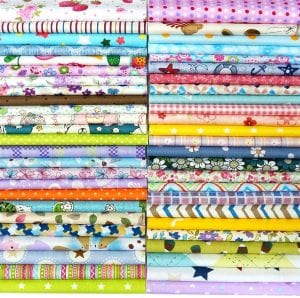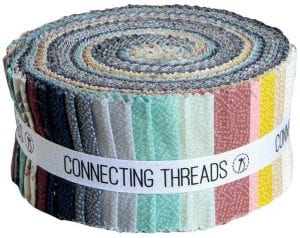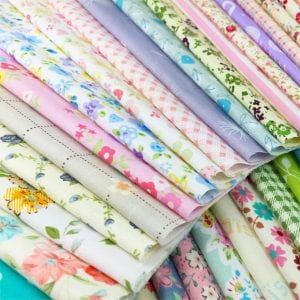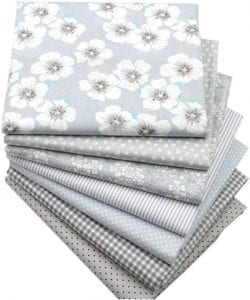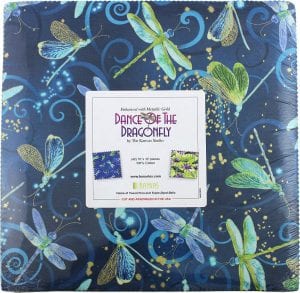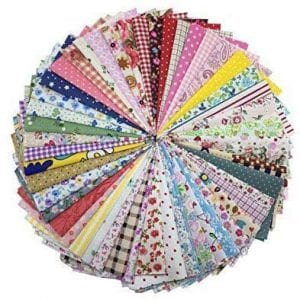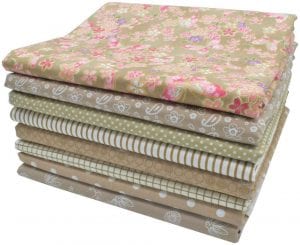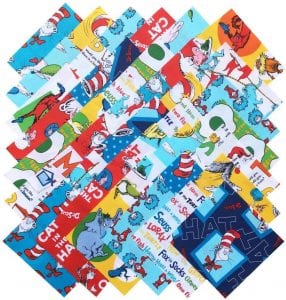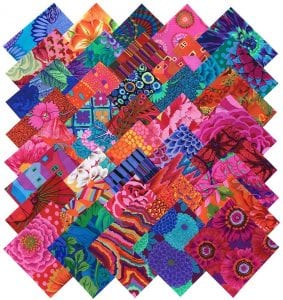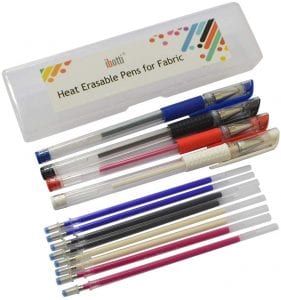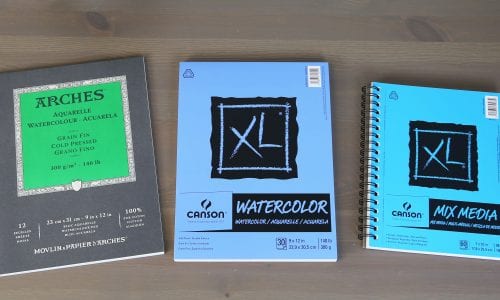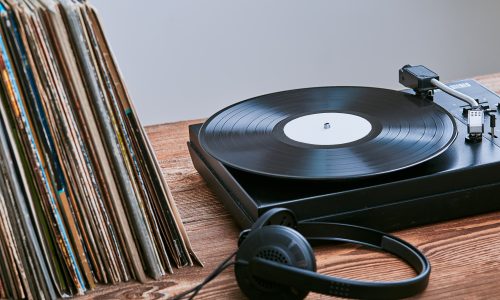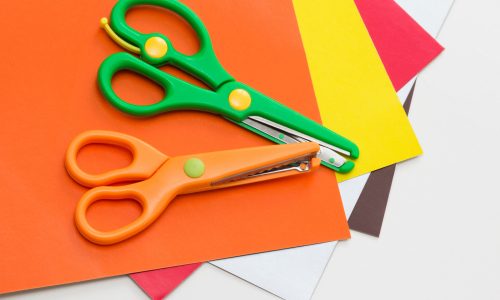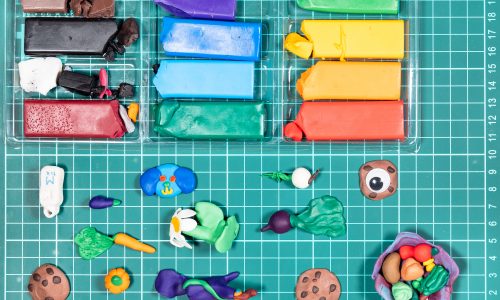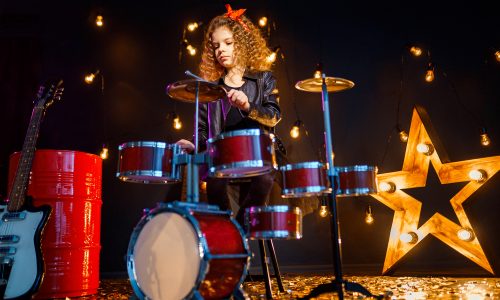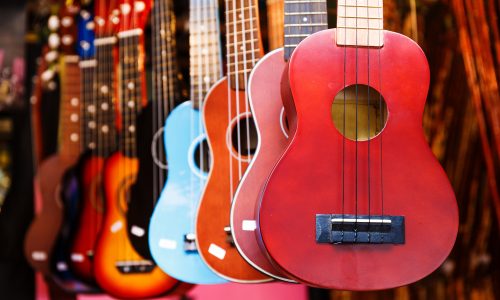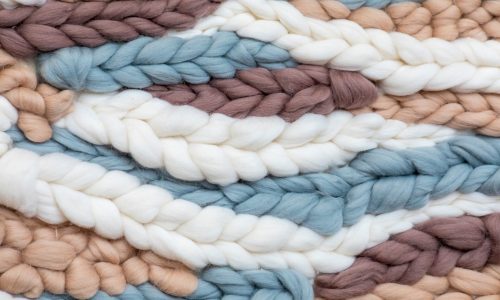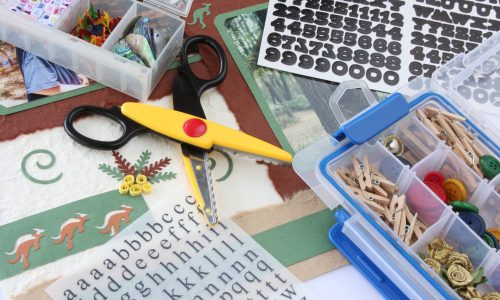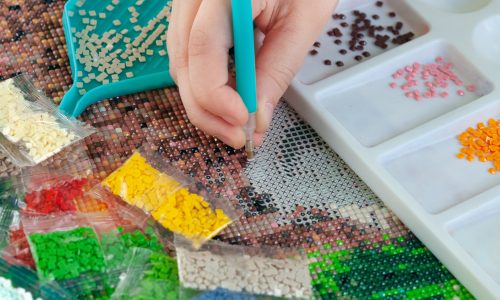The Best Quilting Fabric
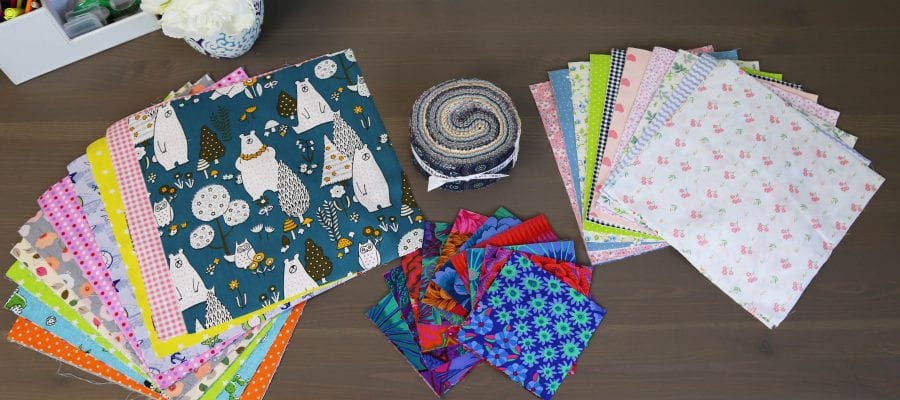
Our Review Process
Don't Waste Your Money is focused on helping you make the best purchasing decision. Our team of experts spends hundreds of hours analyzing, testing, and researching products so you don't have to. Learn more.
Our Picks For The Top Quilting Fabrics
- 1. Misscrafts Cotton Quilting Fabric, 12×12-Inch
- 2. Connecting Threads Quilting Fabric Strips, 2.5-Inch
- 3. flic-flac Quilting Fabric Squares, 10×10-Inch
- 4. Hanjunzhao Quilting Fabric Quarters, 18×22-Inch
- 5. Benartex Cotton Fabric Quilting Squares, 10-Inch
- 6. levylisa Cotton Quilting Fabric Squares, 6×6-Inch
- 7. iNee Quilting Sewing Fabric, 18×22-Inch
- 8. Robert Kaufman Fabrics Dr. Seuss Quilting Squares, 5-Inch
- 9. Kaffe Fassett Cotton Quilting Squares, 5-Inch
- 10. ibotti Heat Erase Pens for Quilting Fabric
Made from 100% high-quality cotton, this fabric kit ensure the best outcome. The material is upgraded for a finer texture and higher density. Each 50-piece pack includes an array of random patterns that won't fade.
Vivid, Upgraded MaterialThis fabric kit offers high-quality fabric squares in pretty patterns.
These fabric strips are made of special "LUXE" cloth, which is 100% extra-long staple cotton grown in the United States. Each package includes strips of different patterns from a color palette of serene shades, such as teal, yellow and purple. The economical bundles are from a limited edition collection.
Quality and ConsistencyThese fabric strips come in a soothing color scheme.
Each pack of fabric squares includes 60 sheets. The fabric is light and airy with an assortment of soft and bright patterns. The squares are machine-cut, ensuring consistent size and shape throughout the pack.
Soft, Pretty and LightThese squares are a soft and strong traditional assortment.
Buying Guide
Buying fabric to use in making a quilt (or purchasing quilting fabric for other craft projects) can be quite enjoyable, but also requires considering several important factors in order to make the most appropriate selection. Determining exactly what you want and need as well as having a clear understanding of available options will help you choose the perfect collection of material for every project.
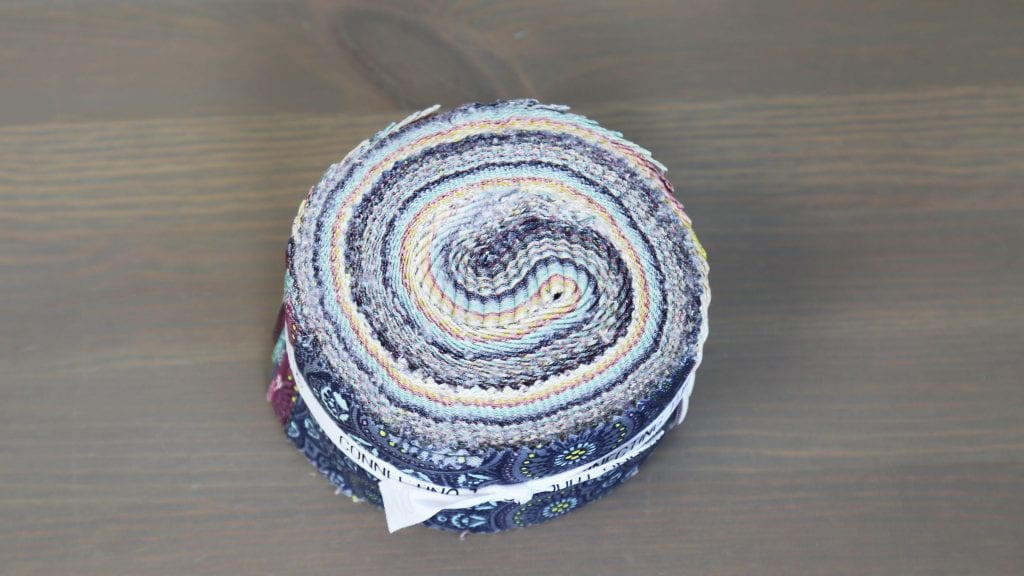
How much material do you need? Before choosing the fabric and checking out, it is essential to know the size of the quilt you plan to create as well as how large you want each block to be. Knowing the completed size of your project will help you pick out the right amount of fabric.
You should also decide whether you prefer to work with fabric strips or fabric squares. Quilting fabric typically comes in one of several bundle options. A “Fat Quarter” is a one-fourth yard cut that usually measures 18×22 inches. “Fat Eighths” are half of a Fat Quarter, typically measuring 9×22 inches. “Charm Packs” contain a bundle (usually 42 pieces) of 5×5-inch fabric squares. “Layer Cakes” are super-sized Charm Packs, with 10×10-inch squares. A “Jelly Roll” contains 40 2.5×44-inch strips of fabric. Other shapes, such as hexagons, are also available.
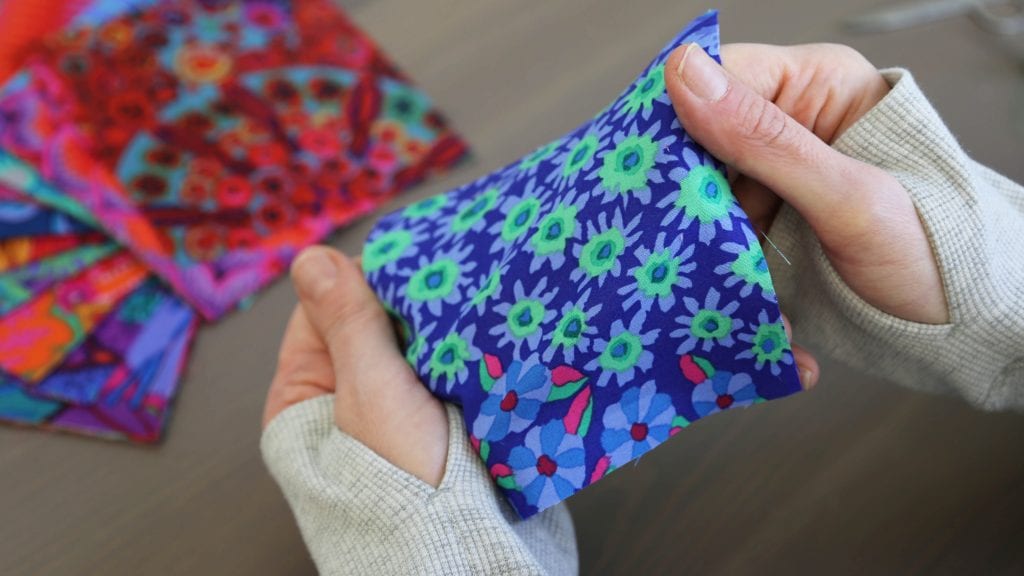
Thread count is another aspect to think about. The higher a thread count is, the softer the fabric will be. While a super-high thread count might be ideal for silky soft sheets, a thread count of about 70 is ideal for quilting fabric. This is because it is thick and soft enough to feel good and last for many years, but thin enough to easily push a sewing needle through. Trying to stitch through cotton with a high thread count is especially challenging if you are making a quilt by hand.
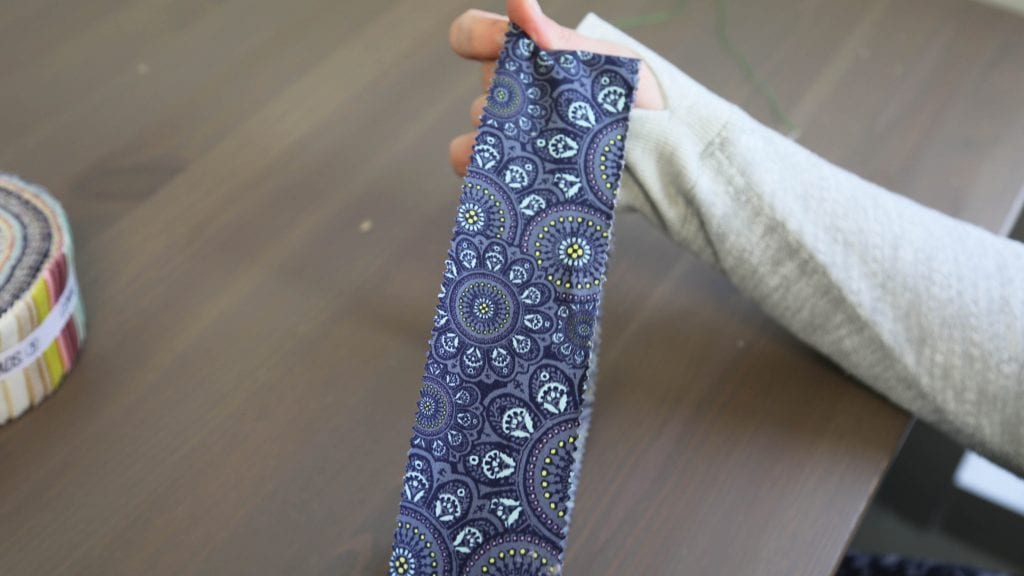
Think about how you want your quilt to look before shopping, as well. Consider the color scheme you have in mind. Do you want a quilt comprised of blocks in similar colors and patterns, something with complementary shades that pop or random blocks throughout the entire piece?
Having a clear concept about the desired outcome will help you pick the perfect fabric bundle.
What to Look For
- When calculating how much fabric you will need, be sure to account for seam allowance. Essentially, the seam allowance is the amount of extra fabric you allow yourself to sew the blocks together while keeping your blocks the desired size. For instance, you might want to include a half-inch seam allowance for each 6-inch block of fabric.
- While batting is optional, using it will provide more structure when making a quilt and more warmth when using it. If you are using a thick backing, you can probably skip batting. If you opt to purchase batting, make sure you have a large enough piece to line up with or be slightly larger than the completed quilt top.
- Consider washing fabric before using it, especially if you are using cotton that is not pre-cut. This will help prevent the material from shrinking when the completed quilt is washed. Check to see if the fabric has been prewashed before purchasing. If so, you can skip this step. Wash dark or bright colors separately.
- While you can select as many or as few different fabric colors and patterns as you would like, a good rule is to select at least four to eight different fabrics per quilt.
- Cotton is the most commonly used fabric for quilting, but don’t be afraid to play with other types of material as well. For instance, minky or terry cloth might be a soft and comfy addition to a quilt for a baby, while faux suede could add a fashionable touch to a decorative quilt.
- If you are unsure about a color palette choice, consider shopping for a designer collection. Numerous fabric designers create sets that take the guesswork out and look amazing together.
- Buying pre-cut blocks of quilting fabric ensures that all of the blocks are consistently the same size and shape.
- Make sure you have enough thread in the desired color on hand before starting your quilt.
More to Explore
The word quilt has origins in Latin, from the word culcita, as well as the Old French words cuilte or coute, meaning mattress.
People have been making quilts for thousands of years. Archaeologists have found remnants of quilted fabric in the ancient societies of Egypt, India and Mesopotamia. Quilting remained popular through the Middle Ages. In areas of Africa, China, Europe, India and Japan, the similar craft of patchwork (cutting fabric into small pieces and recombining the pieces) became a common practice, as well.
Crusaders wore quilted undergarments into Europe and the concept soon became popular for bedding.
Quilts often tell a story. Sometimes, the pattern of the quilt makes a picture that refers to something special, such as a place or a group of people. Other times, the pieces of fabric tell their own story. For instance, people often create quilts from items of clothing or other materials with a sentimental meaning behind them.
Quilting took on a significant role in the United States between 1840 and the end of the Civil War when women began making quilts to raise funds for political issues. During this period, women also began creating friendship quilts, which family and friends would sign to commemorate a wedding or other major life event.

